
The word Holodomor translates to death by hunger or killing by starvation. It is the name given to the genocide carried out by Stalin and the Soviet Union against the Ukrainian people between 1932-33. Across the Soviet Union, around 8 million people died in the great famine. Not all the Holodomor’s victims were Ukrainian. An estimated 2 million Russians died in the famine, almost half the population of Kazakhstan starved to death.
Ukraine’s death count reached around 4 million during the Holodomor. The deaths in Ukraine were different than the rest. In Ukraine, the rising death count was deliberate. The stories of famine and starvation fill the pages of human history. These tragedies are frequently the result of incompetent and brutal rulers. The Holodomor represented one of the occasions when a despot turned starvation into a weapon with the intent to eradicate a people.
Ukraine is a nation approximately the size of the US state of Texas. It is known as the breadbasket of Europe due to its fertile soils and rich heritage of agriculture and farming. To this day, Ukraine is one of the world’s top wheat exporters. Ukraine’s status as an agricultural behemoth stood as an obstacle in the path of Joseph Stalin’s plan to collectivize and industrialize the newly formed Soviet Union in the 1920s. Private farms contrasted against the goal of state-run and owned agriculture. The Ukrainians themselves represented much that was opposite to the communist ideal. Ukrainians held themselves apart as strong individuals with a national pride versus the Soviet and communist ideals that suppressed individualism to the glory of the state.
When Stalin sought to eliminate individually owned farms and collectivize, move them all into one giant state-owned conglomerate, the Ukrainians offered up resistance. That resistance highlighted the opposition which Ukraine posed to Stalin’s goals for the Soviet Union and put the Ukrainian people in his crosshairs.
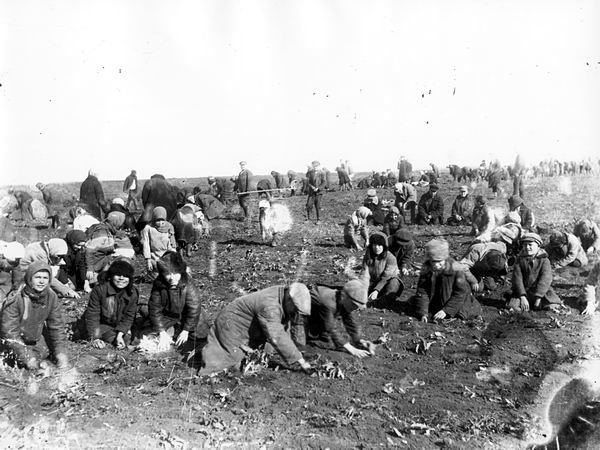
Stalin’s collectivization process in the Soviet Union in the late 1920s plunged many countries and people into starvation. There were many reasons for this, but among the most impactful were the simple incompetence and destructive plans of the Soviets. In Ukraine, for example, farmers were disallowed from planting familiar crops and forced to grow crops that fit the state’s goals. The “black earth” soil in Ukraine, some of the most fertile land on the planet, became a wilderness under Stalin’s plans. Even when struggling farmers achieved large harvests, much of the crop rotted in inefficient transportation processes.
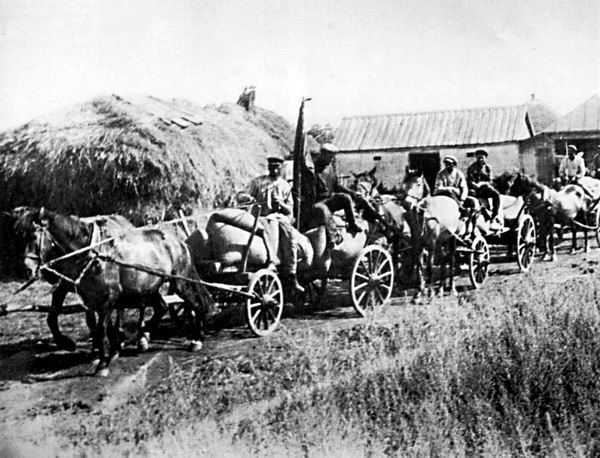
Stalin blamed the Ukrainians who held out against collectivization and demanded extra quotas of grain from the farmers there. Any farmer caught resisting the quotas or collectivization process was deemed an enemy of the state and either executed or shipped off to the gulag, a brutal prison system within the Soviet Union.
Ukrainians were forced off their farms and stripped of their livelihoods. As the food resources were shipped out of Ukraine, famine soon set in. The effects and scale of the famine compounded at the point of Soviet military force.
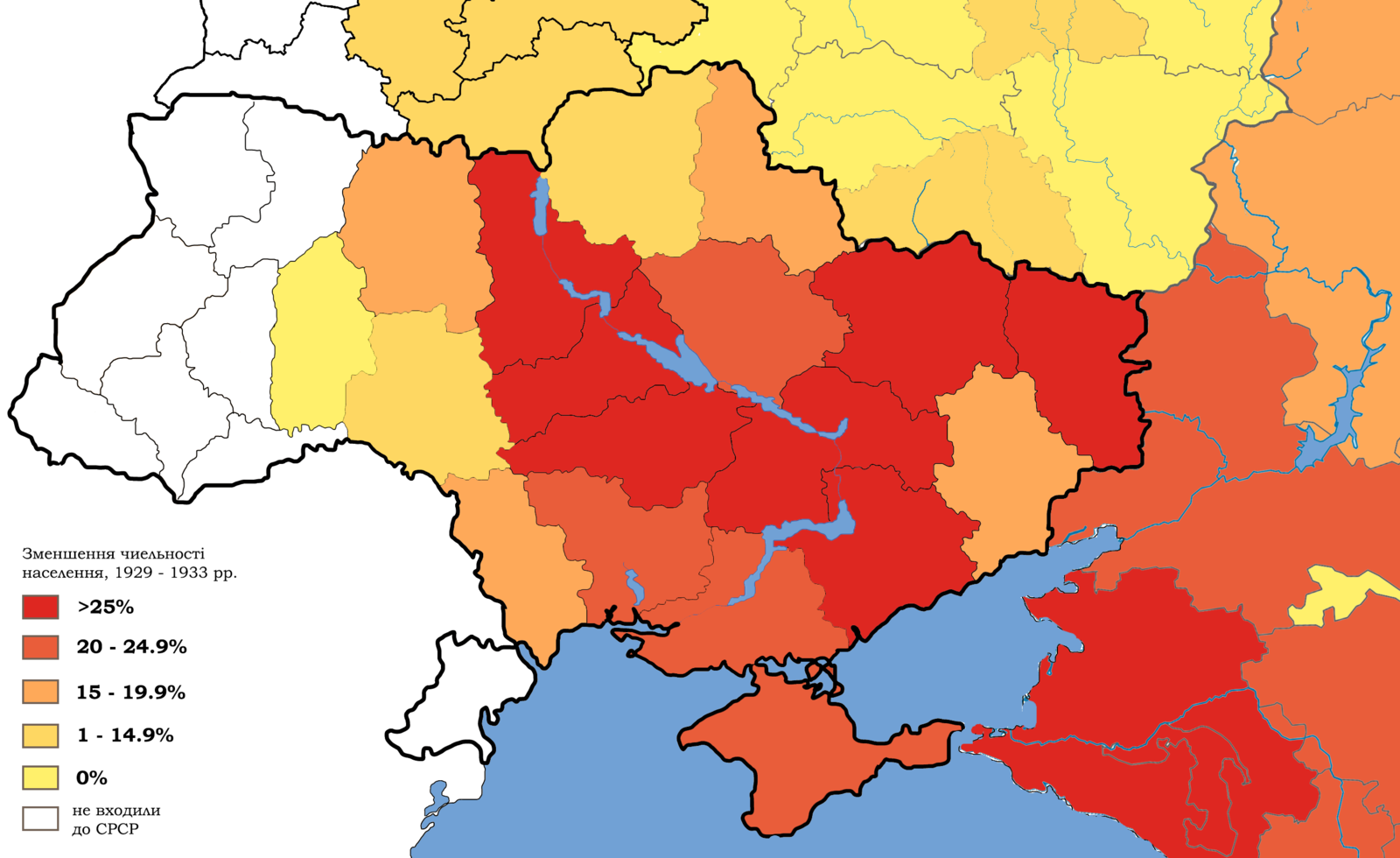
Communist Party activists, empowered by police units, entered Ukrainian homes and looted any food that remained in the homes. In one village, two boys were reported hiding fish and frogs they caught. The boys were taken to the center of the town and beaten. After the beating, they were dragged into a field with their hands tied and mouths and noses gagged, where they were left to suffocate.
Soviet crop collectors used long wooden poles with metal points to poke the dirt floors of peasants’ homes and probe the ground around the houses. If hidden food was found, the people were identified as hoarders and either shipped to the gulag or executed on the spot.
When peasants tried to escape the famine by fleeing to other lands, Soviet soldiers met them at the borders and turned them away. Stalin effectively stole all the Ukrainian food then locked the nation up to starve to death.
Meanwhile, Stalin denied the famine even existed, saying it was the conjured allegation of political opponents. Due to this denial, international aid organizations were not allowed into Ukraine to offer assistance as they did in prior famines that had resulted from inept Soviet policies in the 1920s.
Throughout the famine, propaganda videos in the Soviet Union portrayed Ukrainian farmers as counterrevolutionaries who hid and hoarded food supplies while Soviet workers starved in their efforts to build the glorious Soviet future.
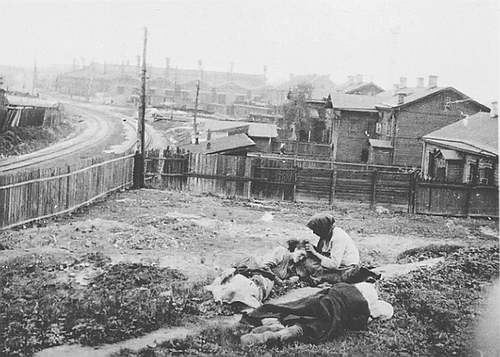
The peak of the famine arrived in the June of 1932. As many as 28,000 Ukrainians died of starvation every day. Roadsides were scattered with the bodies of people who walked, looking for food, until they fell over dead. More than 2,500 people were convicted of cannibalism. Countless others episodes occurred without official documentation. Police units found groups of cannibals by identifying chimneys with smoke coming out of them. That was the tell-tale sign of humans eating the dead as no other food could be found in Ukraine.
A generation of orphans came of age watching their parents and siblings starve to death around them. Women stood at train stations begging passing trains to take their infants to any life beyond the famine.
The historian Timothy Snyder captured the tragedy poignantly:
The good people died first. Those who refused to steal or to prostitute themselves died. Those who gave food to others died. Those who refused to eat corpses died. Those who refused to kill their fellow man died. Parents who resisted cannibalism died before their children did.
The Holodomor came to an end in 1933, but the end was only a short pause in the misery. Eight years later, when Hitler invaded the Soviet Union, he aimed to use Ukraine as a food supply for his army and the German people. Ukraine was converted to what amounted to a national prison camp and its people to slave labor. The starvation and famine returned.
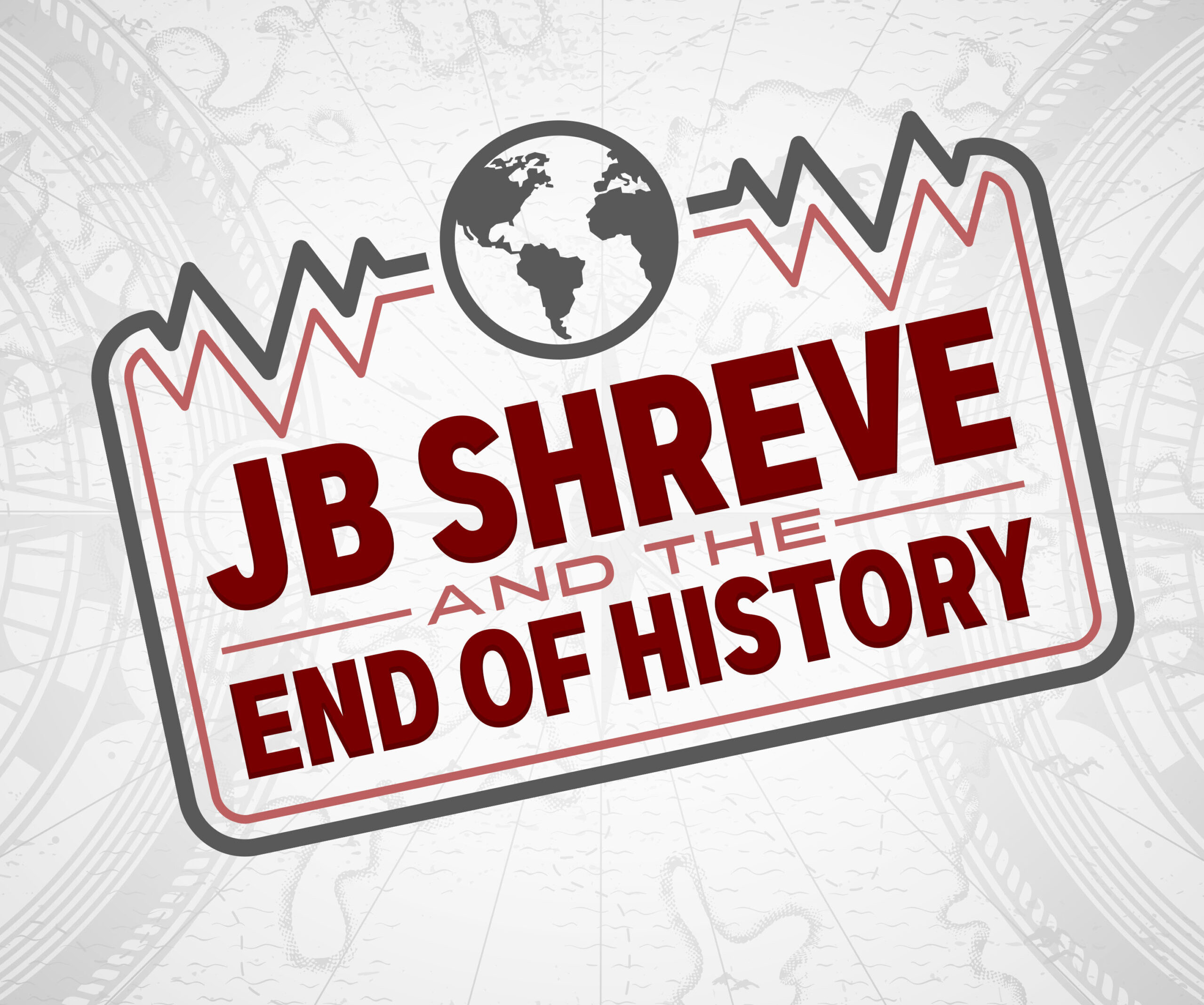
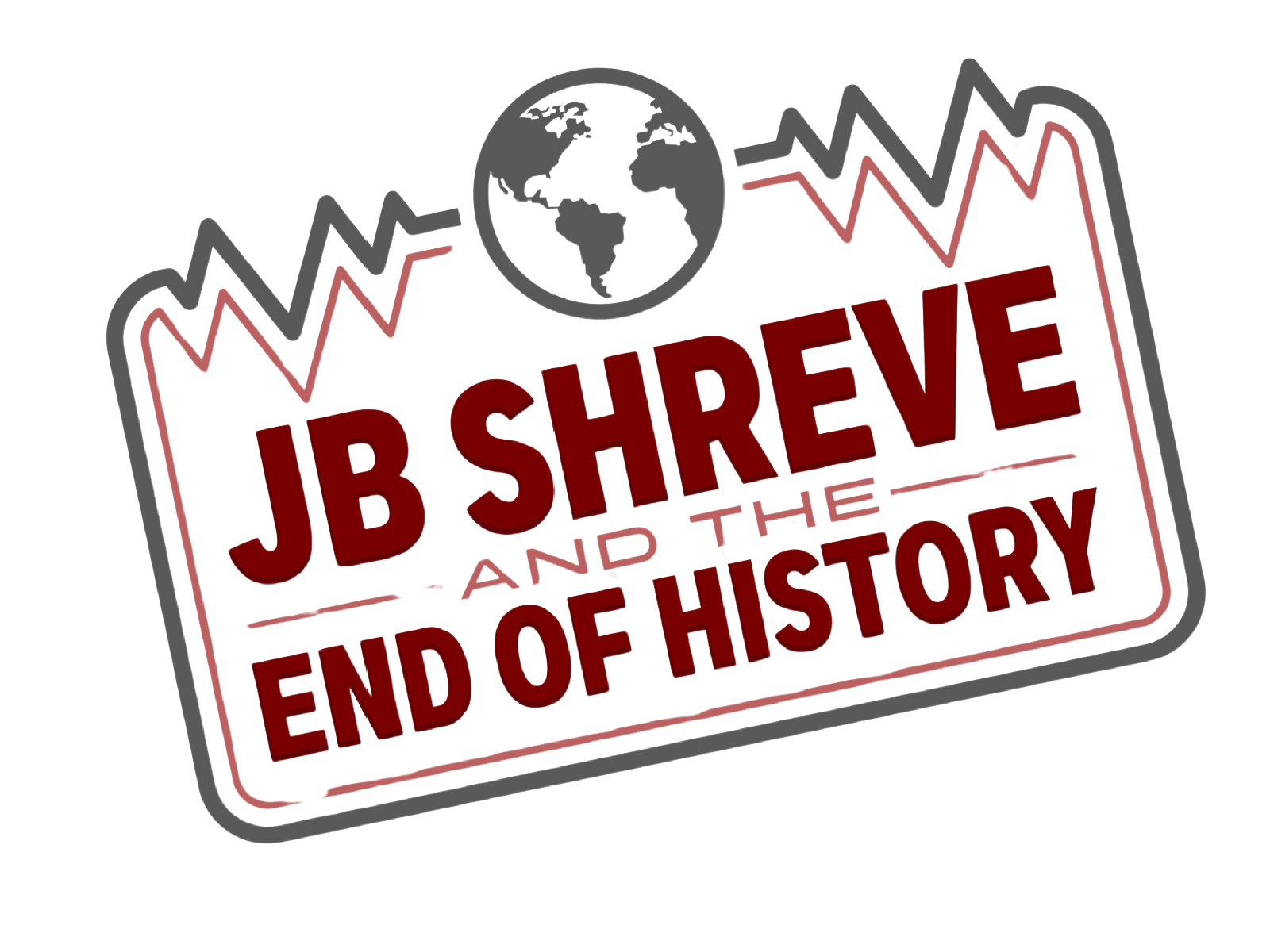
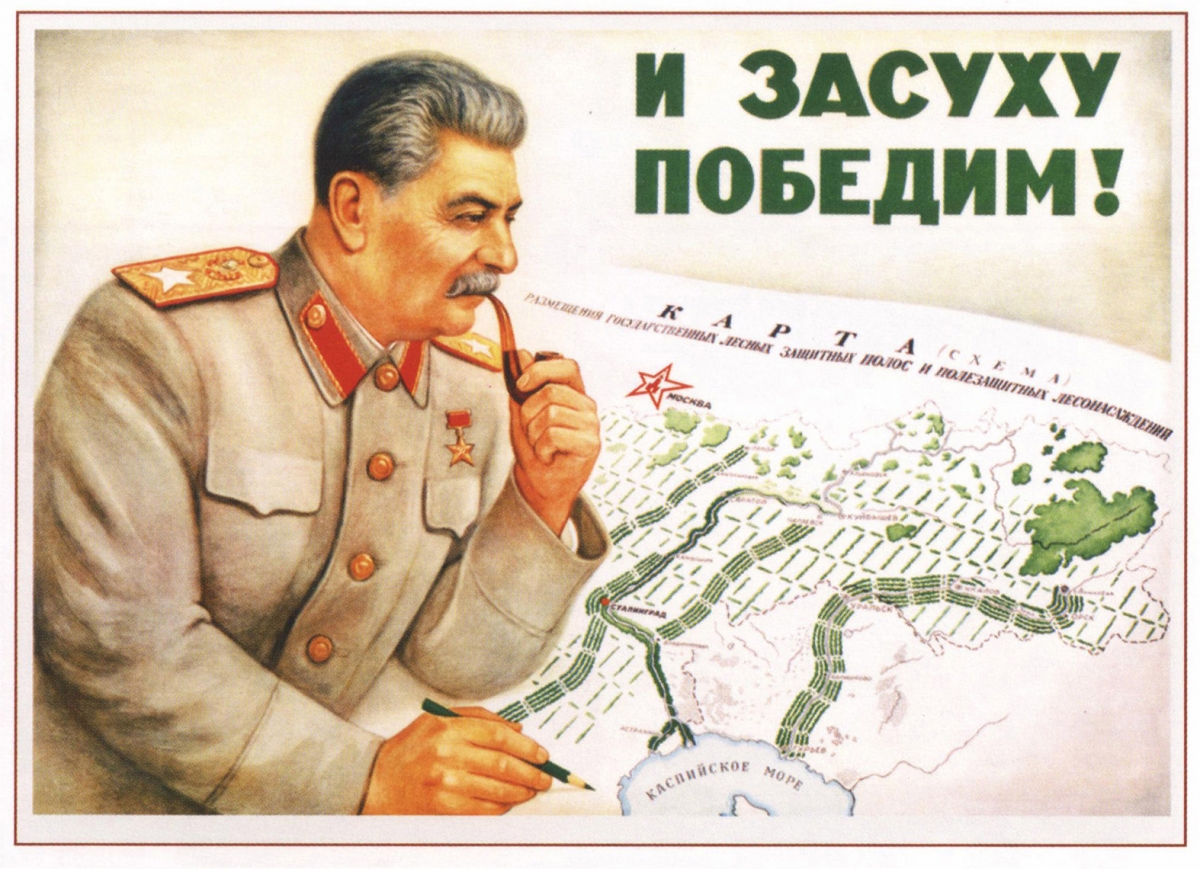

2 Comments on “Holodomor – Ukraine’s Genocide by Starvation”
Comments are closed.